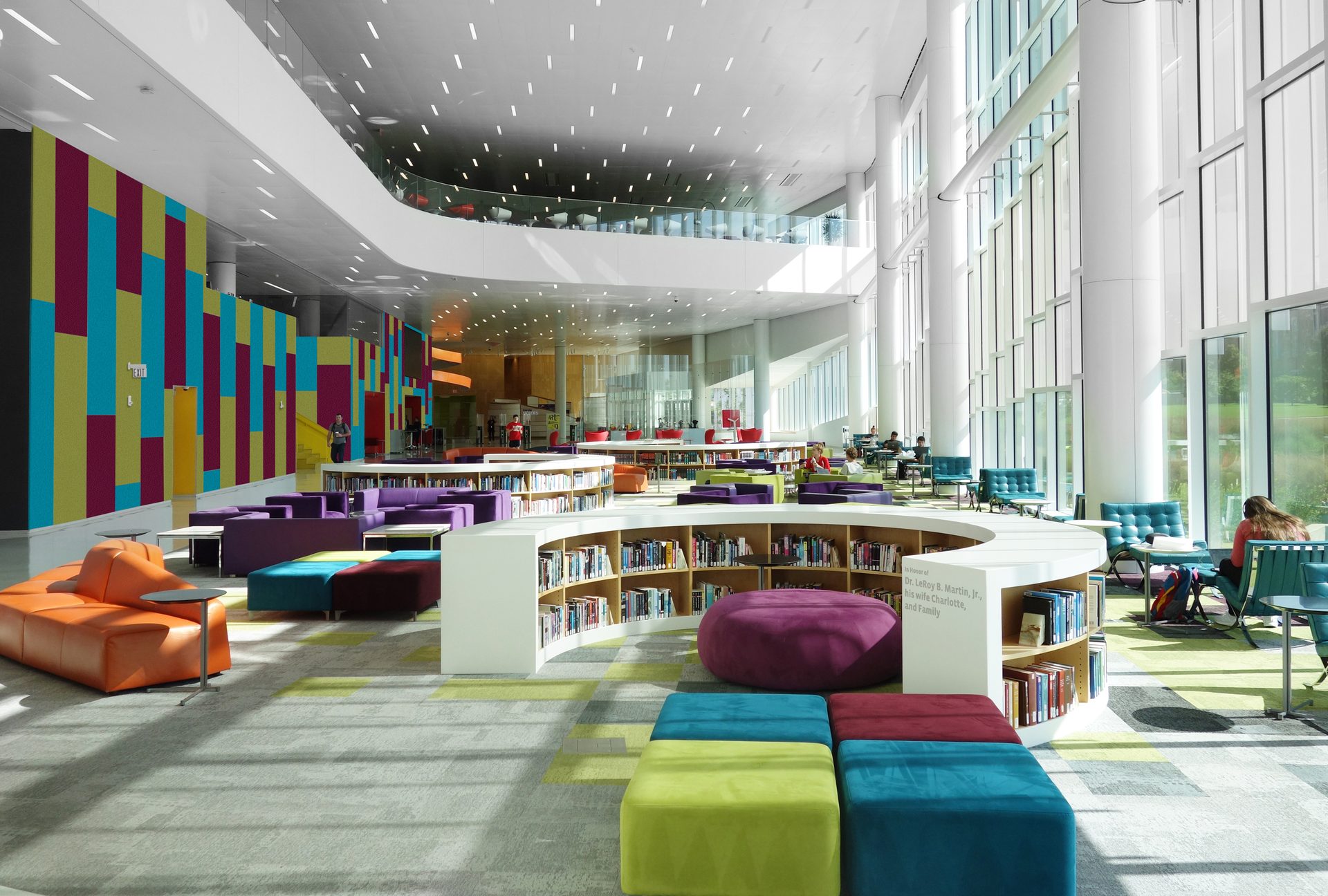
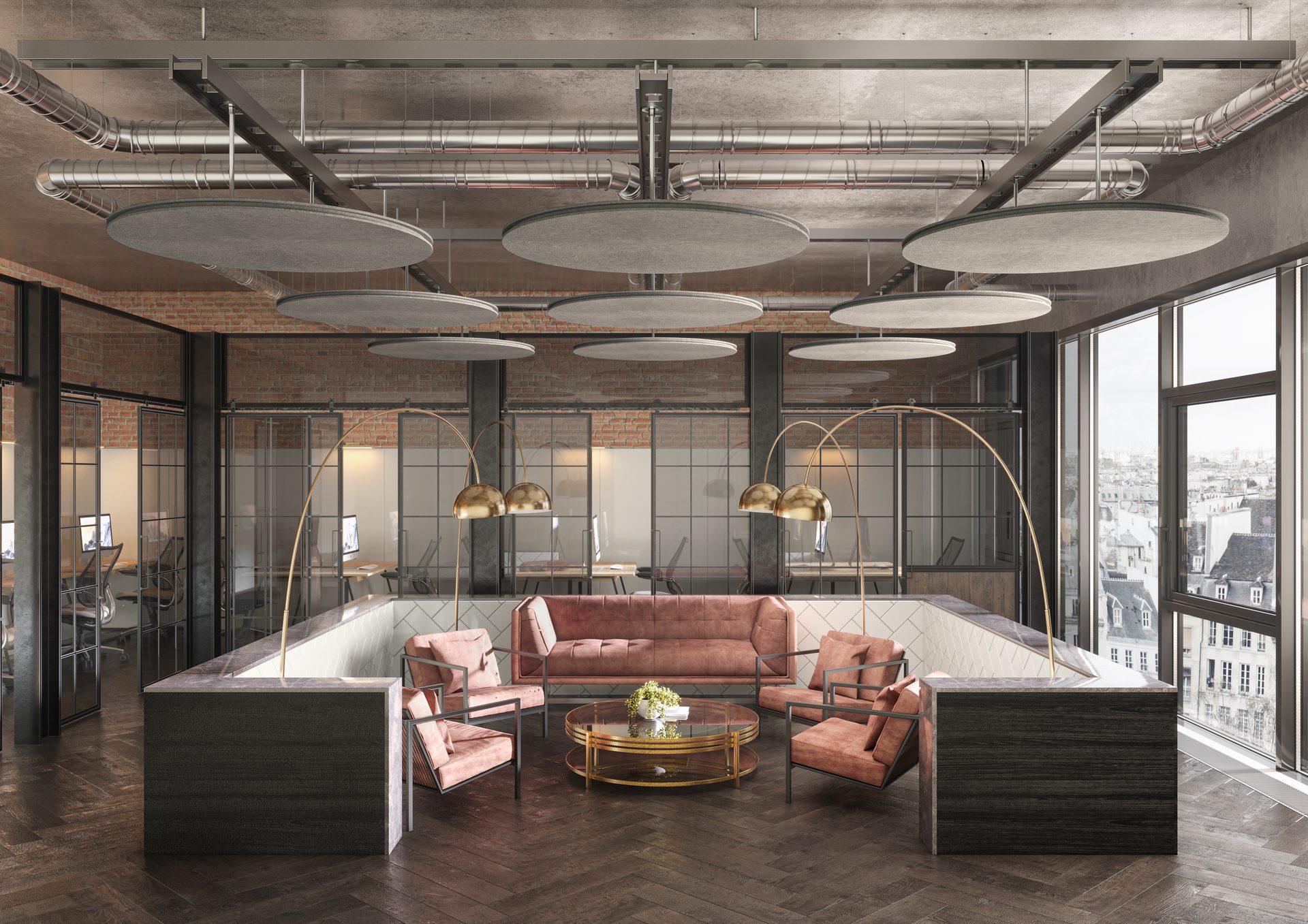
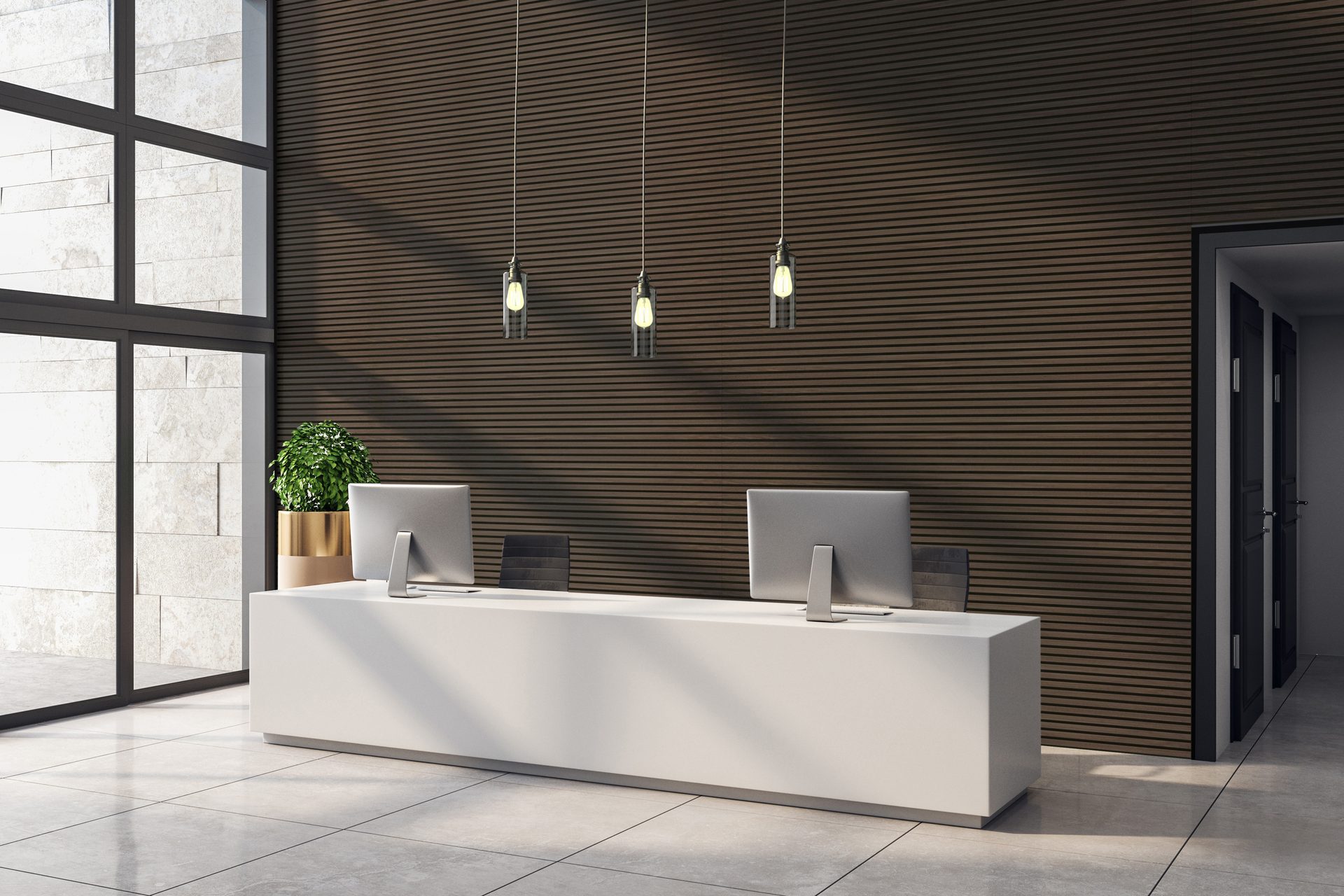
Have Your Cake and Eat It, Too: Balancing Aesthetics & Acoustics
With today’s acoustical product offerings, the industry no longer has to decide between aesthetics or acoustics. By David Ingersoll
From time to time, construction and design teams find themselves at odds with competing priorities. Finding products that adhere to acoustical requirements while achieving a high-quality look may seem daunting, but with today’s expansive acoustical product offerings, it is possible for both teams to come out on top. With new and emerging technologies and sustainable options, some added benefits can be achieved as well, sweetening the results.
Ingredients of a Good Design
With the ability to share the good, the bad and the ugly with just the click of a button on social review websites like Yelp, it is more important than ever to create memorable, positive experiences in commercial spaces. These experiences extend beyond customer service, food and drink, or amenable lodging, to also include acoustics. Proper acoustical planning can (in addition to cutting down noise levels and reverberation) improve worker productivity, speech intelligibility, and individual comfort levels—important considerations in all commercial spaces, but even more so in the restaurant and hospitality industries.
By considering a room’s surfaces and finishes, acoustical engineers can in essence “tune” rooms for optimal performance. They do so by adding materials that “absorb” sound to combat sound intensity and improve tone to a pleasing level by reducing overall reflective sound within the space. These sound absorptive products are often constructed or manufactured from open-celled materials like fiberglass, however, many new product offerings exist on the market today.
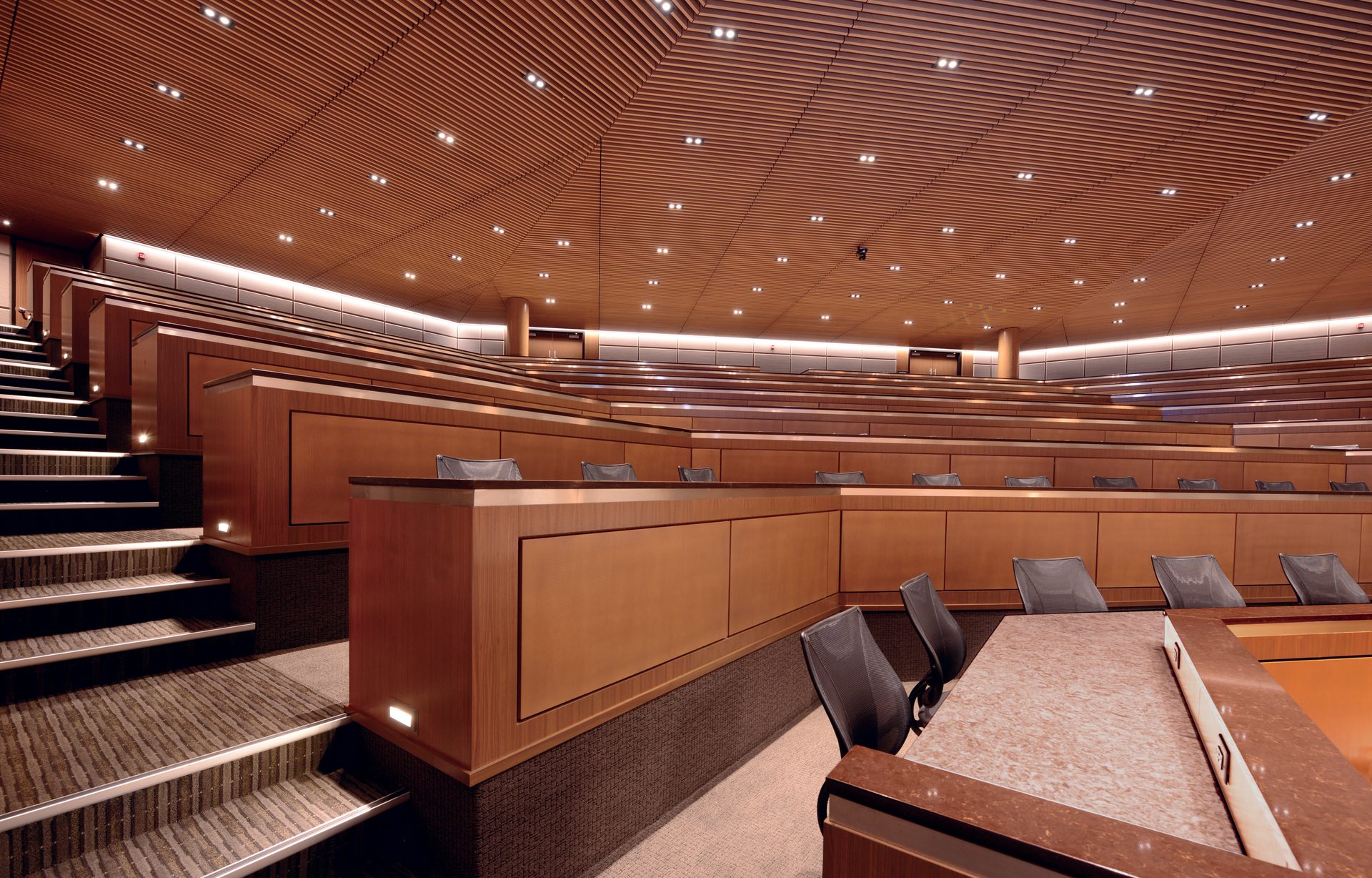
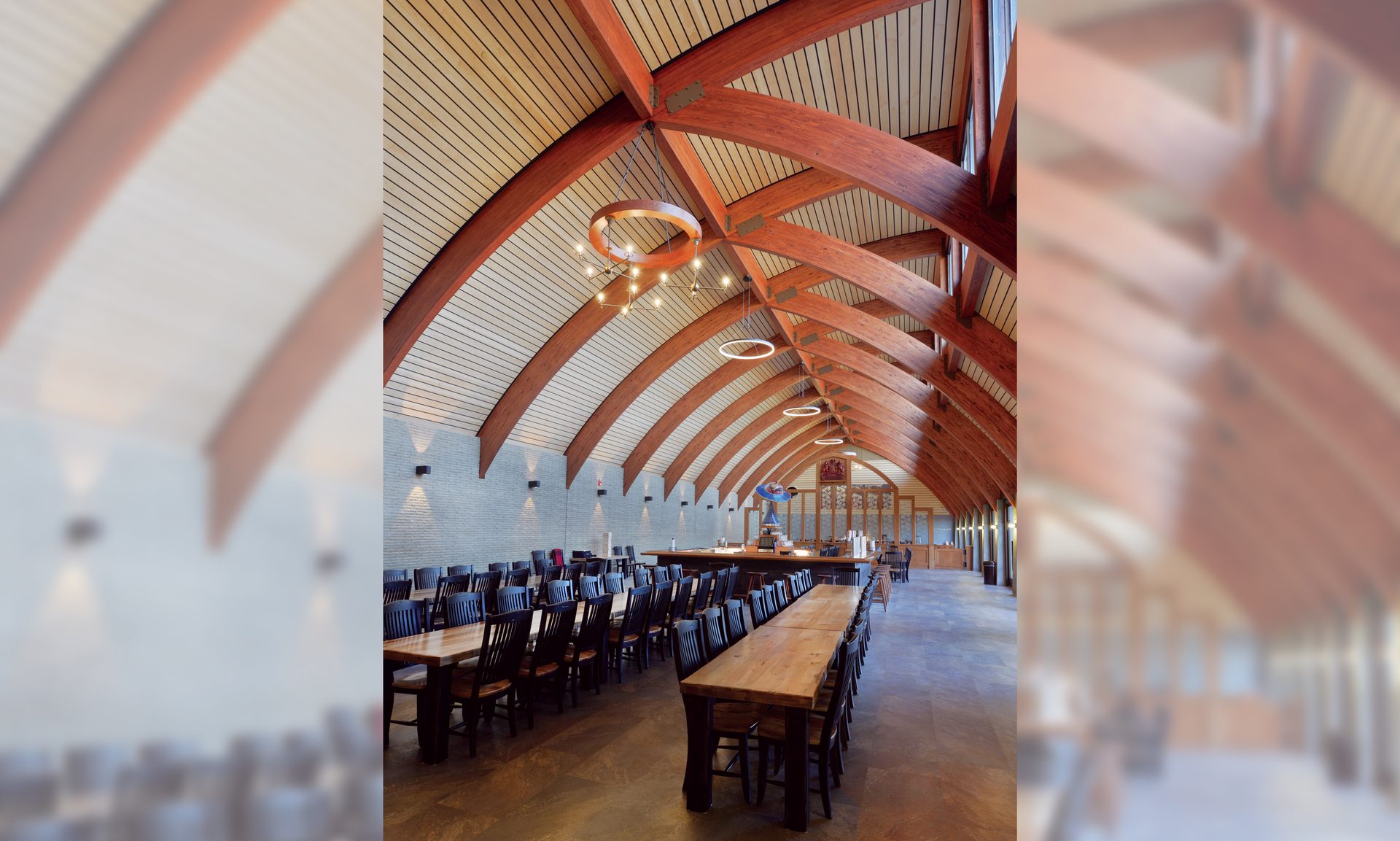
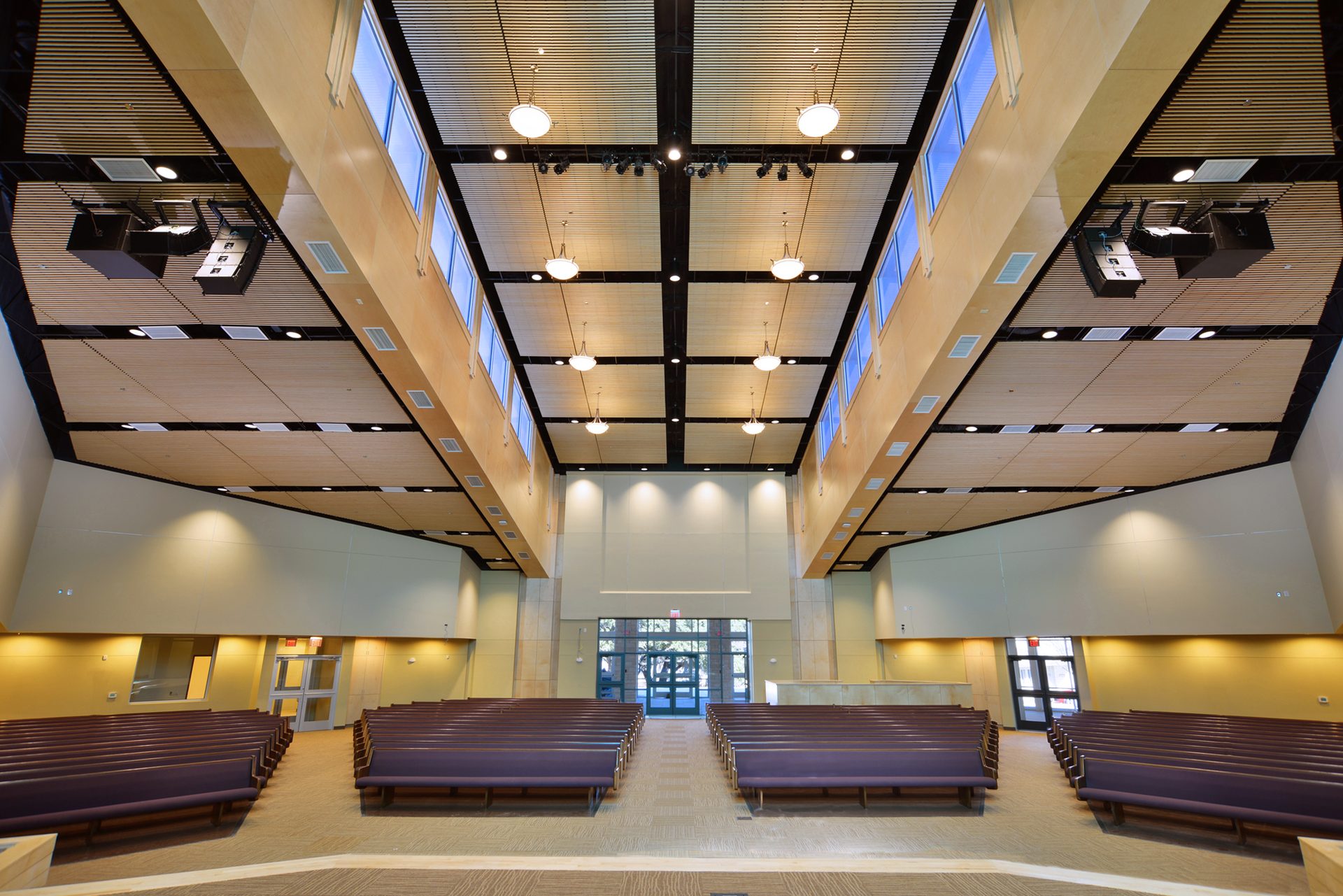
Vanilla Offerings … With Sprinkles
While there is a menu of tried-and-true acoustical products available, improvements in things like installation and finish options take flavors up a notch. Product profiles and attachments have been refined to obscure or hide hardware, making for clean lines and overall pleasing aesthetics. Color and fabric offerings have increased exponentially for fabric-wrapped acoustical panels, allowing these products to blend in or stand out, if desired, enhancing the look and feel of a room and hiding their true purpose: sound absorption.
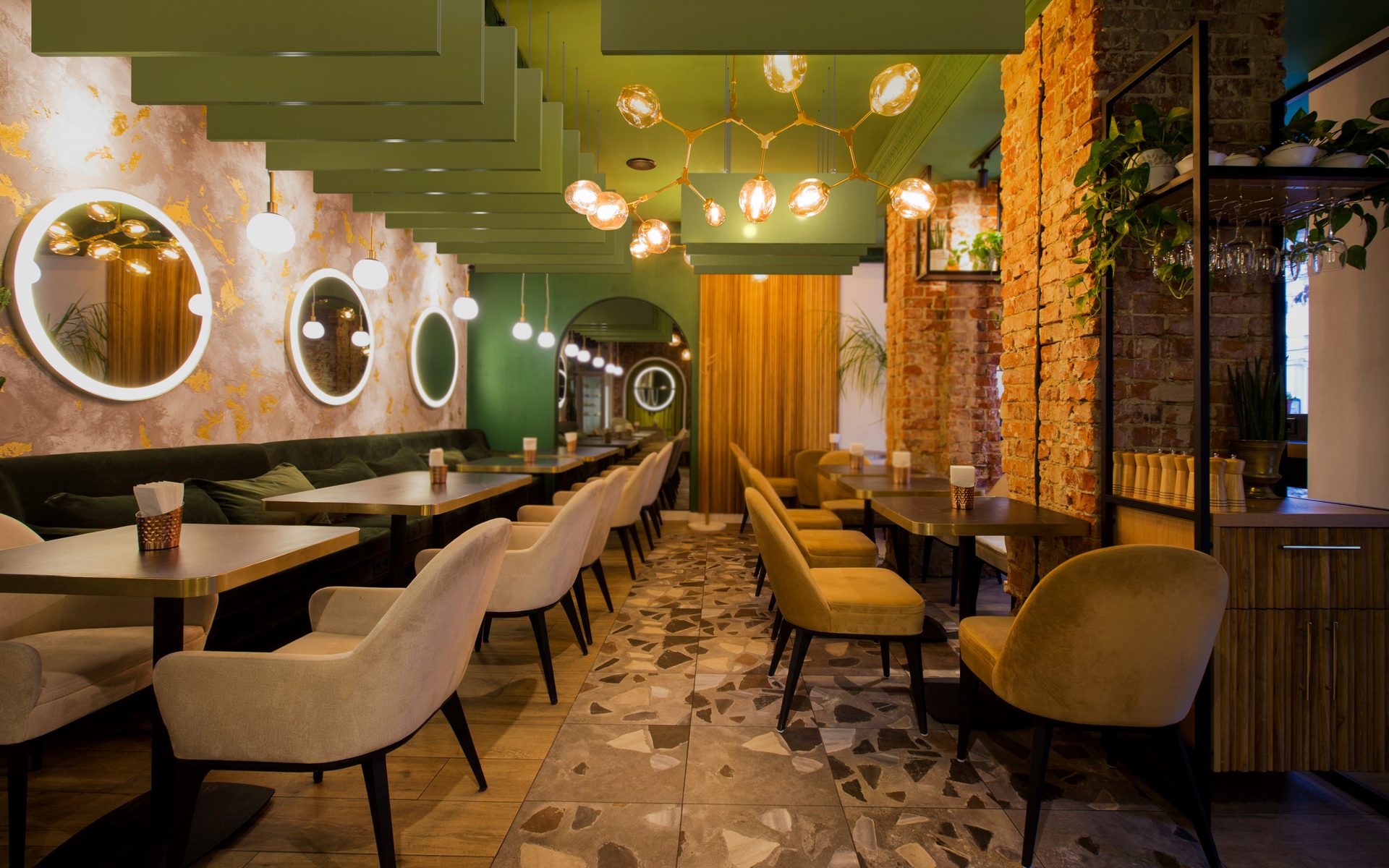
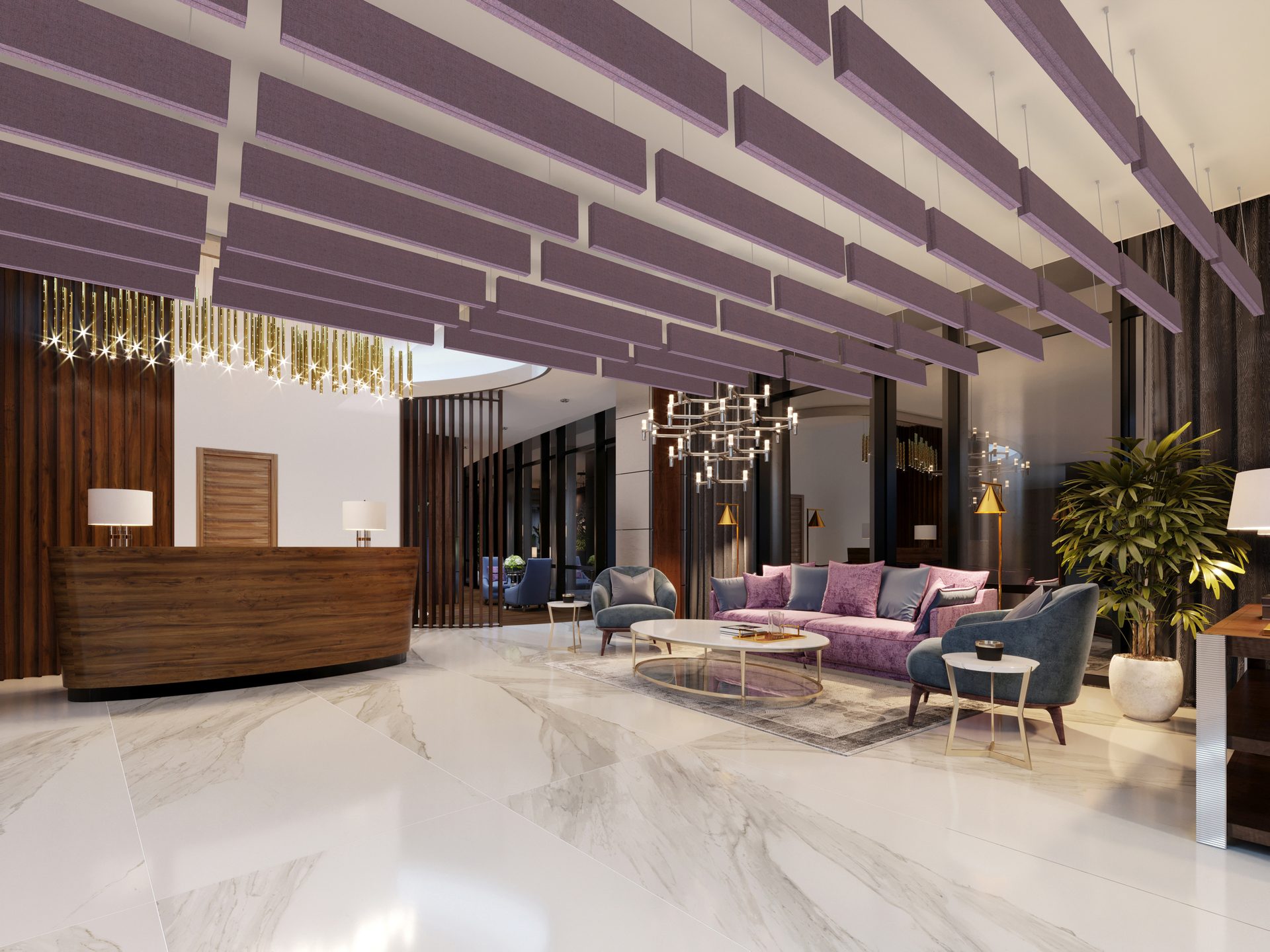
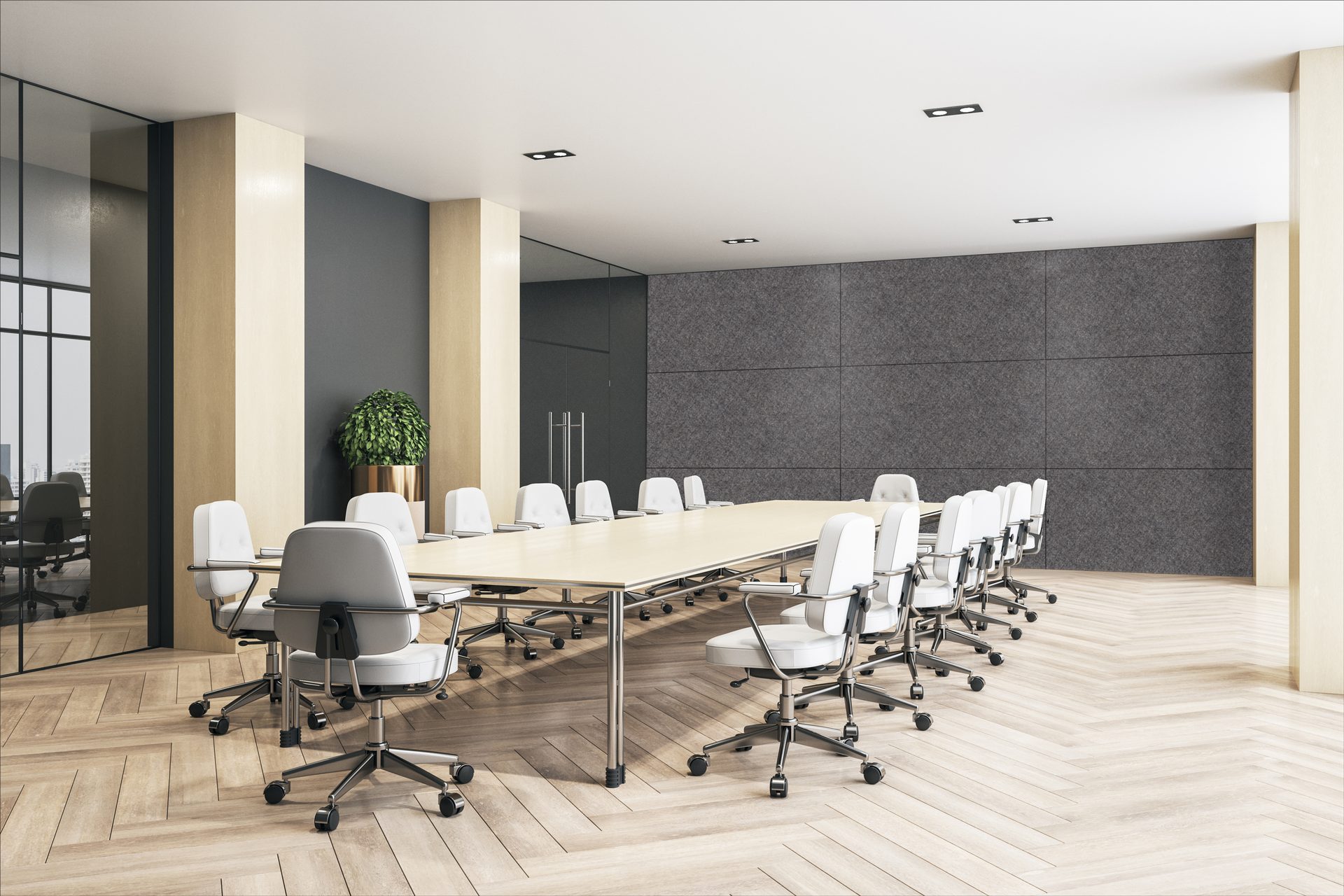
With that said, new materials and finishes exist for those hoping to blur the line between aesthetics and acoustics even further. For ceilings, you are continually seeing more options other than mineral fiber ceiling tiles. There are options for fabric tiles, paintable tiles or acoustical real wood veneer options that can go into standard grid systems or float off a ceiling. Systems that support the stunning straight lines can add visual appeal to any space. For walls, you are seeing more three-dimensional acoustical products with movement or texture.
How Sweet It Is: Sustainable Acoustics
For those hoping to support corporate greening initiatives or to achieve a LEED rating, exists Polyester options. Available in an array of colors, these sound products are visually striking, supporting designer’s visions, with NRC ratings that are music to acoustical engineers’ ears.

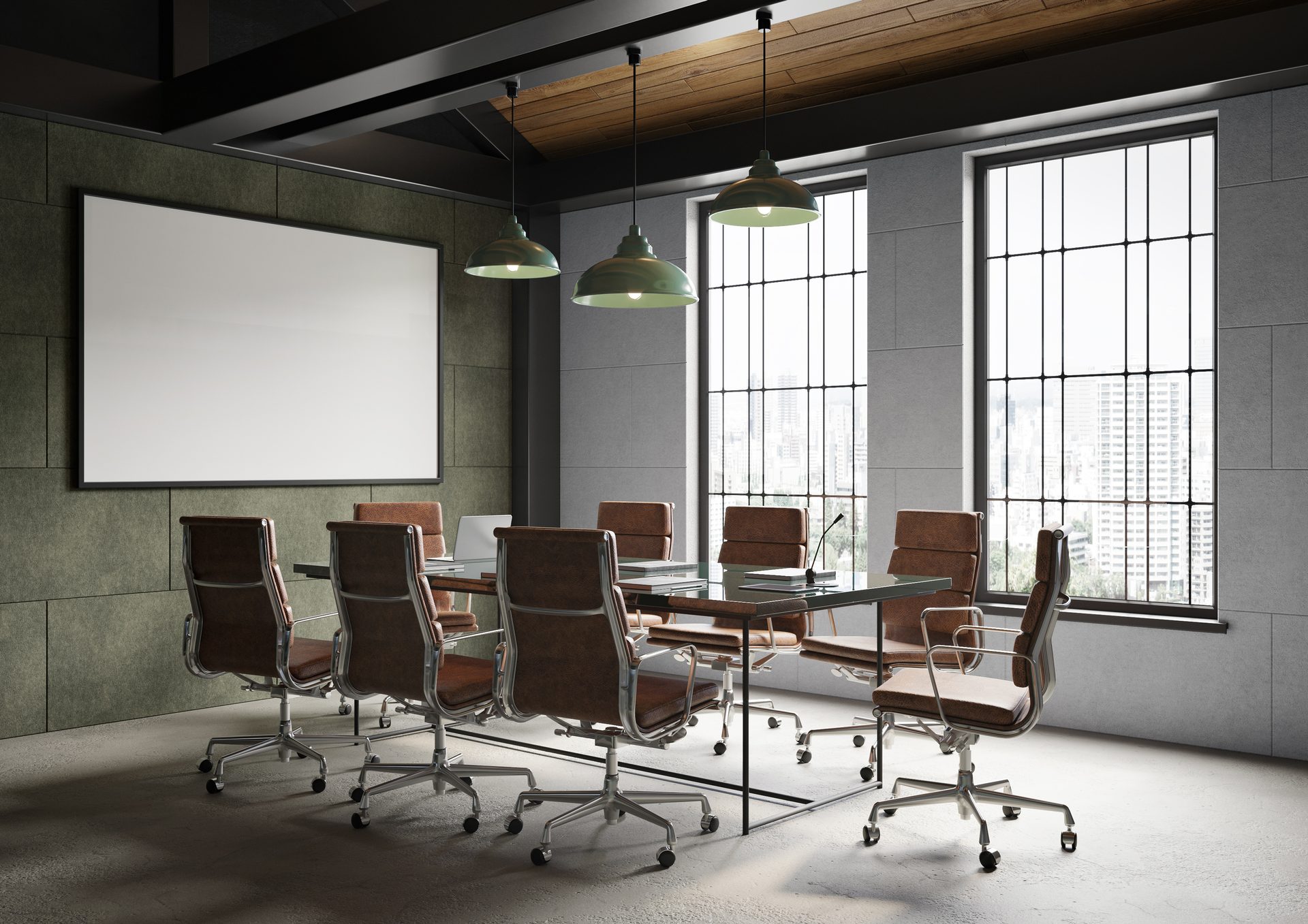
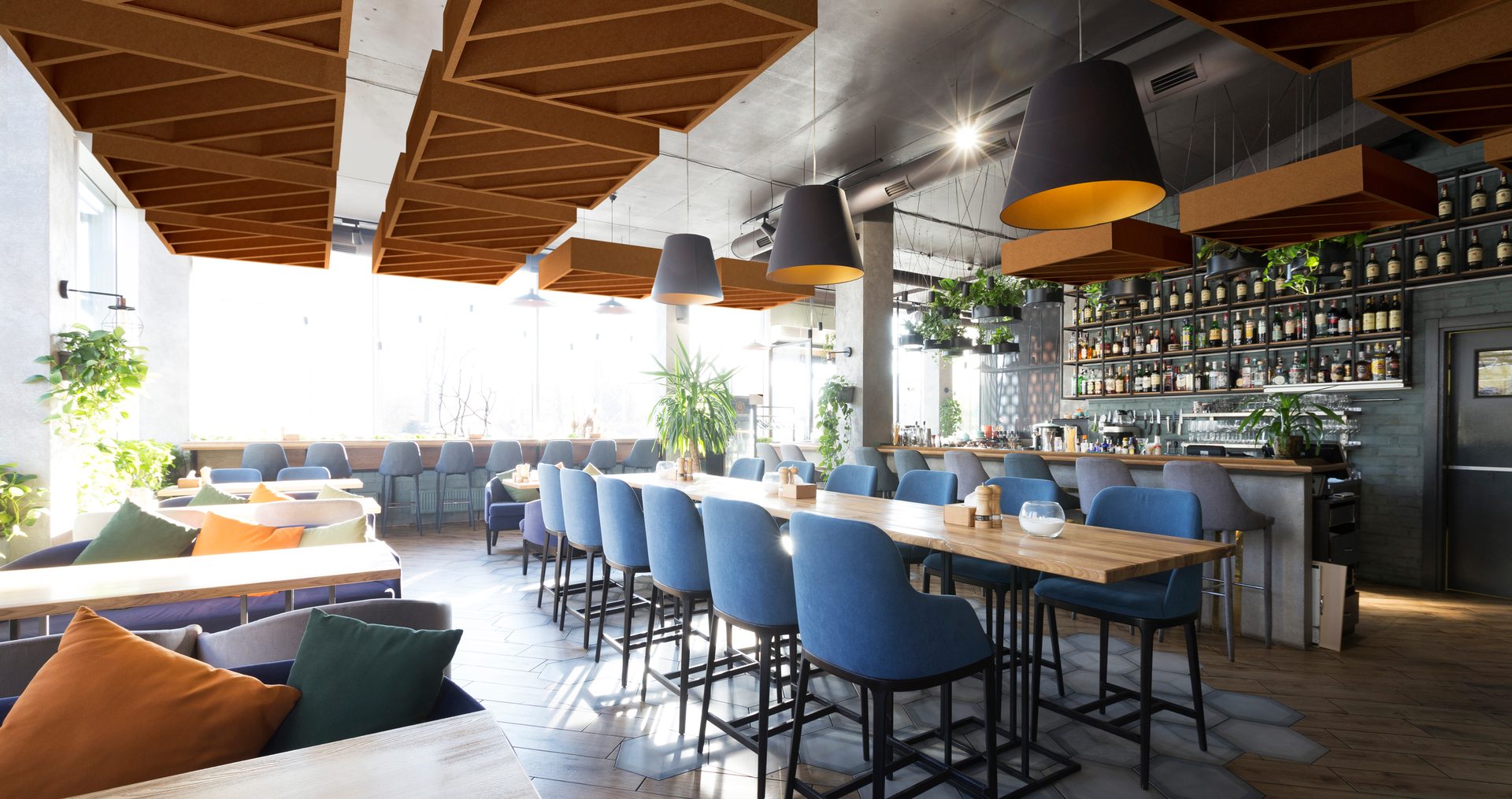
If more modern color palettes are not your cup of tea, hybrid options combine a PET backing with a wood-veneered facing, for a more traditional but no less striking appearance. Easy to cut and install, these panels are a versatile, sustainable and stunning wall or ceiling treatment. Each panel has built-in spacers helping to add to its ease of installation and maintaining a clean, linear design.
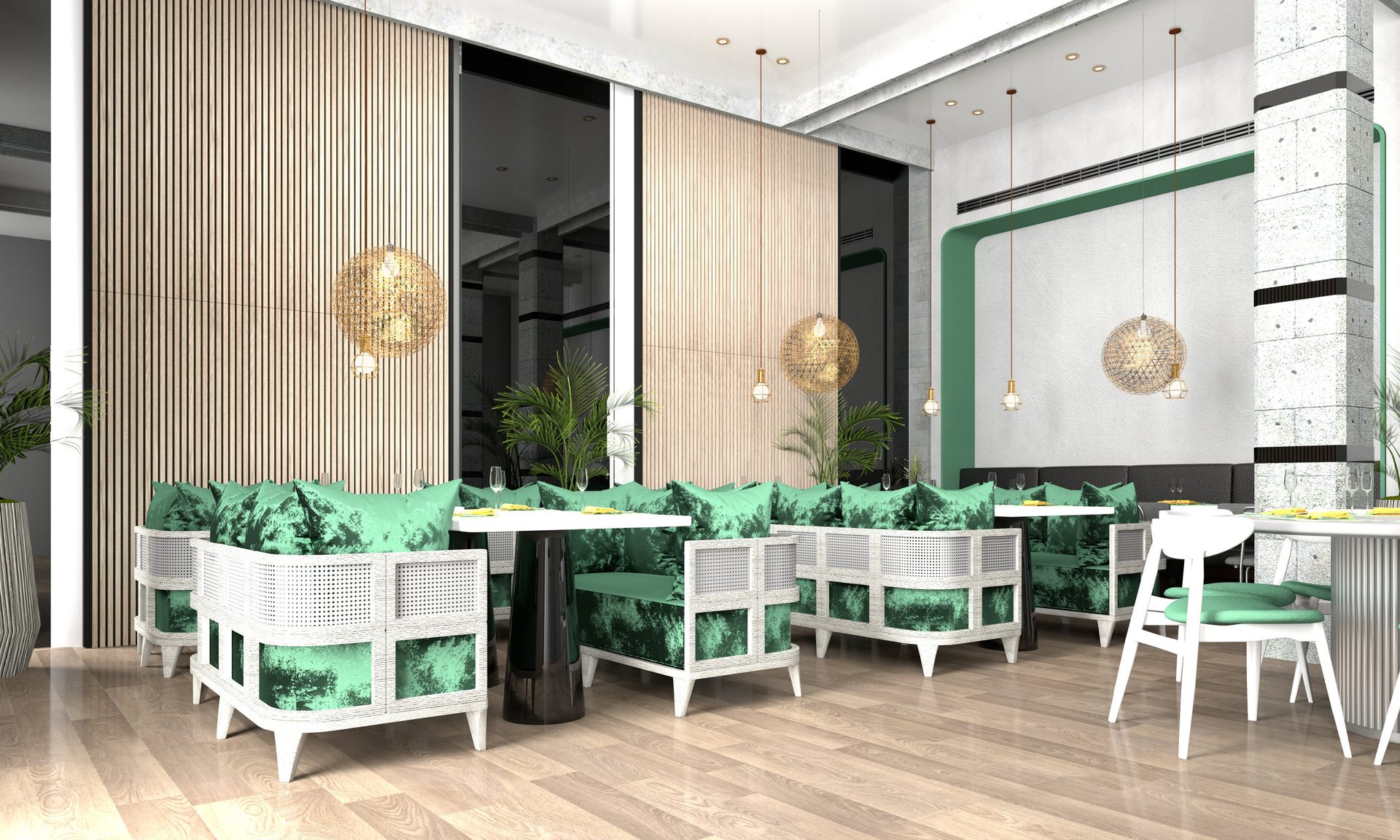
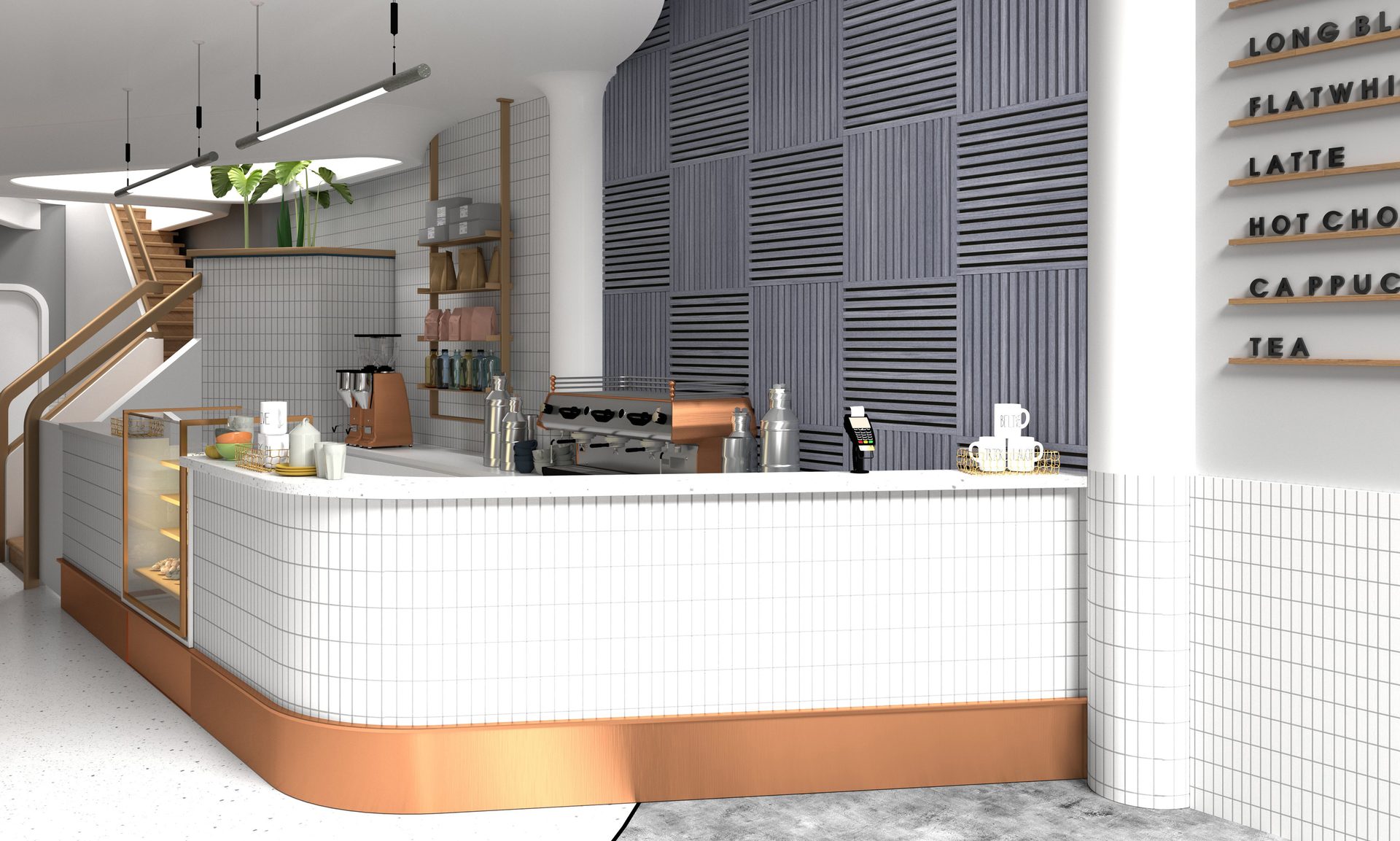

With the right combination of form, function and finish, desirable aesthetics and acoustics can be achieved. And with varying price points, one end goal need not be sacrificed for the other.
Mixing It All Together: Real World Results
Needham, Mass.-based Cappella Restaurant’s owner and head chef wanted to bring the perfect balance of food, wine and elegance to his patrons—and he did, successfully. However, as the restaurant grew in popularity, it became quickly apparent that there was a noise problem. In addition to an audible strain in guest conversation, there were issues in back-and-forth staff communication as well, compounding matters.
To solve the acoustic issue, a detailed inspection of the space was conducted. At its conclusion, it was determined that the restaurant’s sophisticated design, while visually appealing, was highly reflective and at the root of the problem. The combination of concrete floors, metal-clad tables and plaster walls caused reflections from hard parallel surface to hard parallel surface with little or no sound absorption.
The solution? The addition of sound absorptive materials to the space. The rub? They needed to match the upscale establishment without negatively detracting from the ambience of the space.
Inspire Art Printed Panels were chosen to become a focal point of the design with the intention of standing out. These custom-printed panels elegantly display the Cappella logo throughout the space. Custom-sized acoustic chair rails line the perimeter of the wall-to-wall booth space, incorporating the panel wrapped with a high-end, textured fabric that matches the colors and patterns inherent in the space. Lastly, paintable panels were installed on both the ceiling and back service entrance wall. These panels were specifically placed to blend into the existing space.
The first night of service after the install was complete, there was an immediate and noticeable difference. The addition of sound absorptive products had a direct and immediate positive impact on the overall customer experience. Now, when patrons visit the Cappella restaurant, they can truly appreciate the good food, atmosphere and conversation without the burden of unwanted noise.
Conclusion: Taking It to Go
For the right blend of aesthetics and acoustics to be achieved, one should consider the look and feel of the space, the intended use of the space, code and budget. Then, delicious results can be achieved with the right order of acoustical and noise control solutions, encouraging guests to come back for more.
Images courtesy of Sound Seal.
David Ingersoll has nearly two decades of experience in the soundproofing and noise control industry. In his role as vice president of sales at Sound Seal, he works with an established network of distributors and representatives to grow and expand Sound Seal’s Industrial Division that addresses in-plant and environmental noise control; the Architectural Division that handles interiors and finishes including an award-winning line of WoodTrends products; and the Impacta Flooring Division that offers floor underlayments. He can be reached at dingersoll@soundseal.com.
